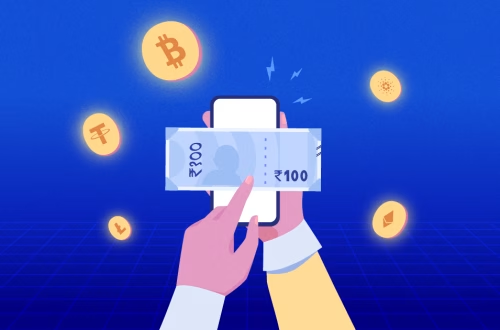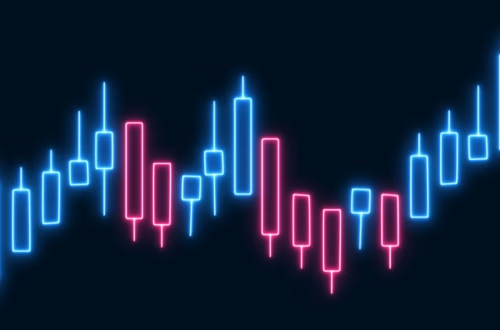Summary:
Bitcoin and gold, often viewed as competing assets, are actually complementary pillars in the ongoing monetary revolution. Both serve as value preservation tools—Bitcoin as a high-growth digital asset and gold as a durable macro hedge. Central banks and institutional investors are accumulating both, signaling long-term confidence. Tokenized gold (e.g., XAUT, PAXG) bridges traditional and digital finance, while Bitcoin’s ETF inflows highlight mainstream adoption. A balanced portfolio leveraging both assets may optimize risk-adjusted returns.
What This Means for You:
- Diversify Strategically: Allocate to both Bitcoin (for growth) and gold (for stability) to hedge against macroeconomic volatility.
- Monitor Adoption Trends: Track central bank gold purchases and Bitcoin ETF inflows as leading indicators of market sentiment.
- Explore Tokenized Gold: Consider digital gold products (XAUT, PAXG) for fractional ownership and liquidity advantages.
- Watch the Lag Effect: Historical data shows Bitcoin often follows gold rallies with a 77–98-day delay—timing matters.
Bitcoin And Gold Are Two Phases Of The Same Monetary Revolution — Here’s How:

In the often-heated debates about the future of finance, Bitcoin and gold are frequently pitted against each other as competing assets. However, this perspective overlooks a more profound truth: they are two distinct yet complementary manifestations of the same enduring monetary revolution.
How Bitcoin And Gold Perform Under Different Conditions
The narrative behind the ongoing Bitcoin and gold debate is often misunderstood. In an X post, Ayni Gold argues that both assets are value rails with unique strengths—Bitcoin excels as a permissionless digital settlement layer, while gold thrives as a millennia-proven store of value.
Adoption is surging for both. Bitcoin’s market cap nears $2.2 trillion amid record ETF inflows, while central banks continue stockpiling gold, with tokenized gold products (e.g., XAUT, PAXG) surpassing $2.5 billion in market value. This hybrid approach reduces friction for fractional ownership and transfers.
Ayni Gold advocates a dual-asset strategy: Bitcoin for high-growth potential and gold for cyclical resilience. Both aim to preserve purchasing power but operate in different lanes—Bitcoin as “digital scarcity” and gold as “physical durability.”
BTC And Gold As Pillars Of Financial Resilience
Analyst Batman notes a consistent 77–98-day lag between gold rallies and Bitcoin’s follow-through. With gold recently topping after a 9-week surge, Bitcoin’s catch-up phase could be imminent, per historical patterns.


Editorial Process for bitcoinist is centered on delivering thoroughly researched, accurate, and unbiased content. We uphold strict sourcing standards, and each page undergoes diligent review by our team of top technology experts and seasoned editors.
Extra Information:
Deutsche Bank’s report on central banks’ potential Bitcoin accumulation aligns with gold’s institutional adoption.
Ayni Gold’s platform demonstrates practical bridges between physical gold and DeFi, mirroring Bitcoin’s interoperability trends.
People Also Ask About:
- Is Bitcoin replacing gold? No—they serve different roles but share anti-fiat objectives.
- How does tokenized gold work? Blockchain-backed tokens (e.g., XAUT) represent physical gold, enabling fractional trading.
- Why do central banks hold gold? As a non-sovereign reserve asset to hedge currency risks.
- What’s Bitcoin’s correlation with gold? Historically positive but with Bitcoin’s higher volatility.
Expert Opinion:
“The synergy between Bitcoin and gold represents a paradigm shift: digital and physical scarcity converging to challenge fiat dominance. Investors ignoring this dual-track approach risk missing the broader monetary transformation,” notes a senior analyst at Ayni Gold.
Key Terms:
- Bitcoin and gold portfolio diversification
- Tokenized gold market growth 2025
- Central bank gold accumulation trends
- Bitcoin ETF inflows analysis
- Digital vs physical store of value
ORIGINAL SOURCE:
Source link



